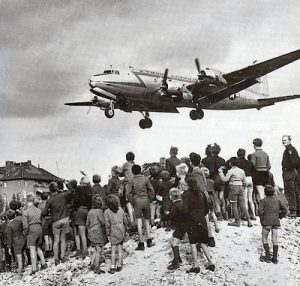
Seventy years ago, on May 12, 1949, the Berlin Blockade came to an end. Nowadays considered a cornerstone of the Cold War Era, the blockade had been initiated eleven months earlier by the Soviet military administration in response to the introduction of a new currency, the Deutsche Mark, in the American, British, and French occupation zones of Germany and the allied sectors of Berlin. The Soviets understood the D‑Mark as a prelude to the establishment of a single economic unit and a new government in West Germany. Thus, to prevent the distribution of the currency and to force the Western coalition to abandon the city, the Soviet military administration began blocking West Berlin, halting all rail, road and barge traffic as well as cutting off gas and electricity supplies.
Read more







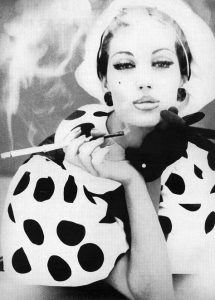 Flash fiction is not only a fun and quick read, but also a fun and not-always-so-quick write. The key is to create a succinct story – ranging from 250 to 1000 words – that preferably focuses on one specific character and ends with a twist or epiphany for the character in question. In my creative writing seminar, “A Way with Words – Away with Words,” Rebecca rose to the flash-fiction challenge and composed a three-piece collection entitled The French Connection – an homage to the artsy and quirky characters that populate the Parisian landscape. The first instalment, “Belle Époque,” recounts the musings of a somebody from a small town who always dreamed of making it big.
Flash fiction is not only a fun and quick read, but also a fun and not-always-so-quick write. The key is to create a succinct story – ranging from 250 to 1000 words – that preferably focuses on one specific character and ends with a twist or epiphany for the character in question. In my creative writing seminar, “A Way with Words – Away with Words,” Rebecca rose to the flash-fiction challenge and composed a three-piece collection entitled The French Connection – an homage to the artsy and quirky characters that populate the Parisian landscape. The first instalment, “Belle Époque,” recounts the musings of a somebody from a small town who always dreamed of making it big.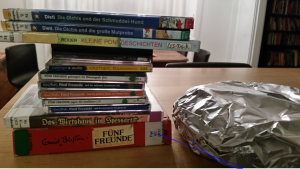
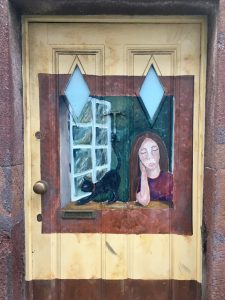
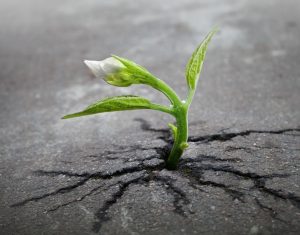
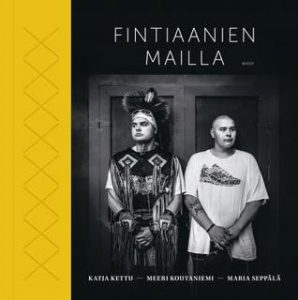 In their 2016 book, Fintiaanien Mailla, three Finnish women take readers on a journey into unknown territory. Meeri Koutaniemi (photo journalist), Maria Seppälä (journalist and documentary filmmaker), and Katja Kettu (bestselling author) introduce us to Findians, a group of people who practically nobody has heard of, at least until now.
In their 2016 book, Fintiaanien Mailla, three Finnish women take readers on a journey into unknown territory. Meeri Koutaniemi (photo journalist), Maria Seppälä (journalist and documentary filmmaker), and Katja Kettu (bestselling author) introduce us to Findians, a group of people who practically nobody has heard of, at least until now.